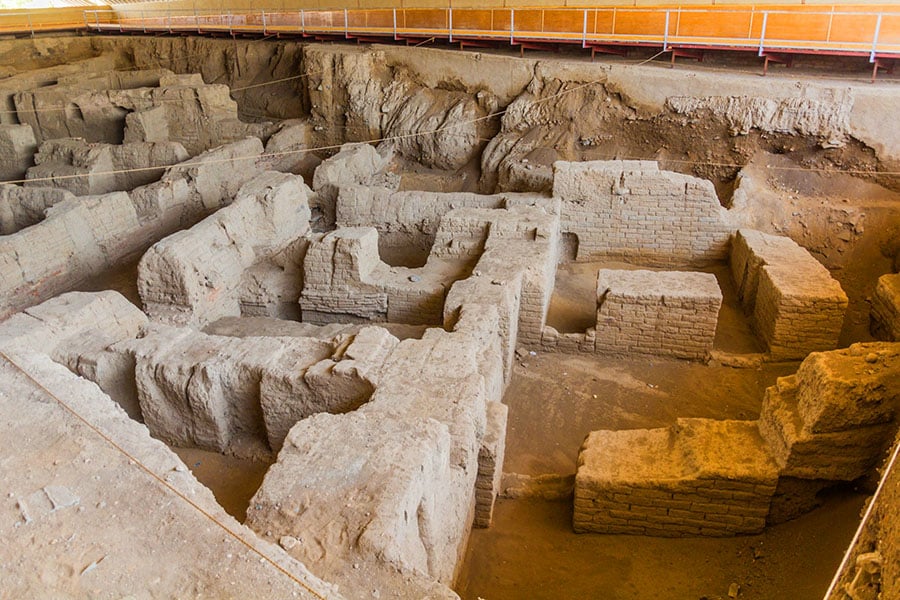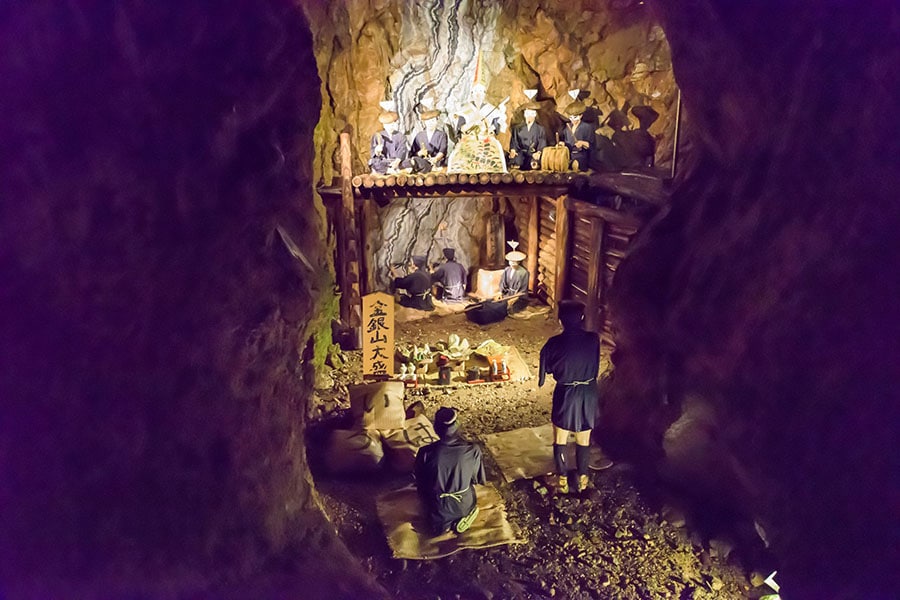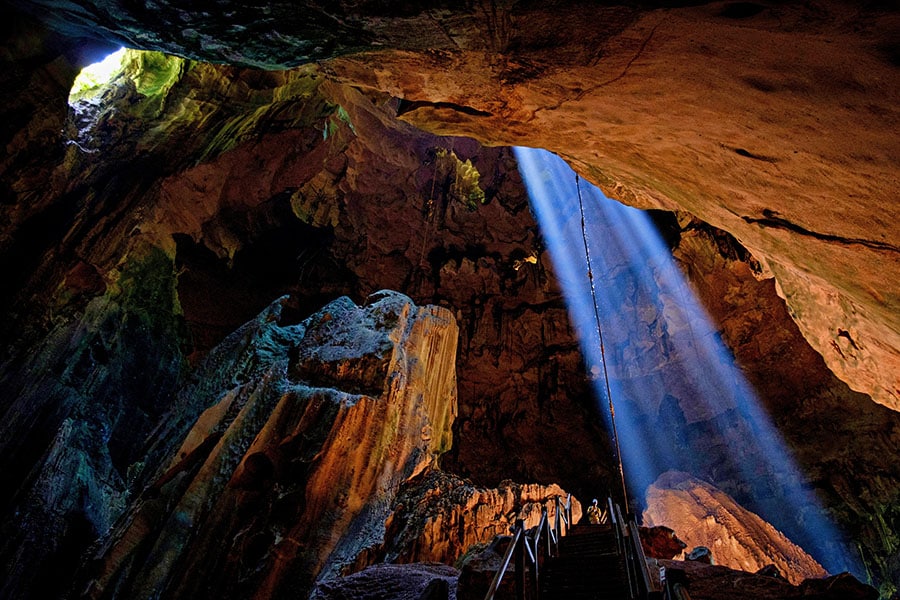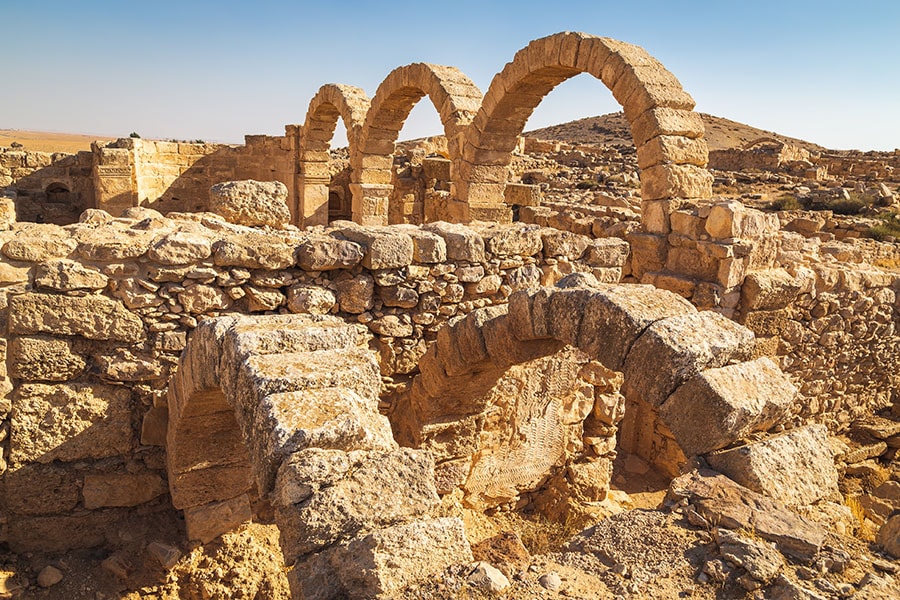From Moidams in India to archaeological site of Gedi, discover UNESCO's latest World Heritage treasures
24 new destinations have just been inscribed from Beijing Central Axis in China to Schwerin Residence Ensemble in Germany
 Beijing Central Axis in China. Image credit: Costfoto/Future Publishing via Getty Images
Beijing Central Axis in China. Image credit: Costfoto/Future Publishing via Getty Images
Beijing Central Axis, China
The Beijing Central Axis includes historic palaces, gardens, sacrificial sites, and ceremonial buildings. These structures showcase the city's evolution and reflect China's imperial dynasties and traditional urban planning.Brâncuși Monumental Ensemble of Târgu Jiu, Romania
The monumental ensemble of Târgu Jiu, created by renowned sculptor Constantin Brâncuși in 1937-1938, honours those who died defending the city during World War I. Situated in two parks linked by the Avenue of Heroes, it features Brâncuși's sculptural works and the Church of the Holy Apostles Peter and Paul, all aligned on a central axis.Cultural Landscape of Kenozero Lake, Russia
Located in Kenozero National Park in northwestern Russia, this site showcases a cultural landscape shaped by Slavic settlers since the 12th century. The area is marked by wooden churches and religious buildings, known for their painted ceilings, which serve as important cultural and visual landmarks.Frontiers of the Roman Empire - Dacia, Romania
Starting around 500 BCE, the Roman Empire expanded across Europe and North Africa, reaching a 7,500-kilometer frontier by the 2nd century. The Dacian Limes, the Roman frontier in what is now Romania, was active from 106 to 271 CE. Hegmataneh in Iran. Image credit: Shutterstock
Hegmataneh in Iran. Image credit: ShutterstockHegmataneh, Iran
The ancient site of Hegmataneh in northwestern Iran has been continuously inhabited for nearly 3,000 years. It offers rare insights into the Medes civilisation from the 7th and 6th centuries BCE and later became a summer capital for Achaemenid, Seleucid, Parthian, and Sasanian rulers.Nelson Mandela Legacy sites, South Africa
These sites represent South Africa's fight for human rights, liberation, and reconciliation. It includes 14 locations across the country, each linked to key events in South Africa's 20th-century political history.Also read: Top-ranked destinations for digital nomads in 2024Melka Kunture and Balchit, Ethiopia
In Ethiopia's Upper Awash Valley, this site is a cluster of prehistoric locations that preserve evidence of early human occupation from two million years ago. The sites have yielded fossils of Homo erectus, Homo heidelbergensis, and archaic Homo sapiens, along with tools made from volcanic rocks, all found in well-dated layers.Moidams, India
Located in the foothills of the Patkai Ranges in eastern Assam, this site is the royal necropolis of the Tai-Ahom. Over 600 years, they built 90 moidams (burial mounds) that blend with the natural landscape of hills, forests, and water. These mounds contain the remains of kings and royals and grave goods like food and elephants. Phu Phrabat Bat Historical Park in Thailand. Image credit: Shutterstock
Phu Phrabat Bat Historical Park in Thailand. Image credit: ShutterstockPhu Phrabat Bat Historical Park, Thailand
The Phu Phrabat Mountain area contains the world's largest collection of in-place Sīma stones from the Dvaravati period, showcasing a significant historical tradition. The placement of these stones and modifications to rock shelters have turned the natural landscape into a religious site. The rock paintings found in 47 rock shelters provide physical evidence of past human activity.Royal Court of Tiébélé, Burkina Faso
This site is an earthen architectural complex from the 16th century, reflecting the social organisation and cultural values of the Kasena people. The Royal Court features buildings arranged in separate sections, with walls and passageways connecting to ceremonial and gathering areas outside the compound. Sado Island Gold Mines, Japan. Image credit: Shutterstock
Sado Island Gold Mines, Japan. Image credit: ShutterstockSado Island Gold Mines, Japan
The Sado Island Gold Mines consists of several sites showcasing various traditional mining methods. The island is volcanic, with two parallel mountain ranges running from southwest to northeast, separated by the Kuninaka Plain.Saint Hilarion Monastery / Tell Umm Amer, Palestine
The ruins of Saint Hilarion Monastery, also known as Tell Umm Amer, are located on coastal dunes in Nuseirat Municipality. Dating back to the 4th century, it is one of the earliest monastic sites in the Middle East.Schwerin Residence Ensemble, Germany
Created mainly in the 19th century in the former capital of the Grand Duchy of Mecklenburg-Schwerin in northeast Germany, this property includes 38 elements, such as the Grand Duke's Residence Palace, manor houses, and sacred buildings. The buildings form a notable architectural ensemble, showcasing styles from neo-Renaissance to neo-Baroque and neo-Classical, with influences from the Italian Renaissance. Niah National Park in Malaysia. Image credit: Shutterstock
Niah National Park in Malaysia. Image credit: ShutterstockArchaeological Heritage of Niah National Park's Caves Complex, Malaysia
Located near the west coast of Borneo Island in Niah National Park, this vast network of interconnected caves holds the longest known records of human interaction with rainforests. It covers approximately 50,000 years from the Pleistocene to the Mid-Holocene periods.Cultural Landscape of Al-Faw Archaeological Area, Saudi Arabia
Located on key ancient trade routes in the Arabian Peninsula, this site was suddenly abandoned around the 5th century CE. It has yielded nearly 12,000 archaeological finds from prehistoric times to the Late pre-Islamic era, showing how three different populations adapted to changing environmental conditions over time.Also read: From Trunk Bay to Meads Bay, here are must-visit beaches in 2024Pleistocene Occupation Sites, South Africa
This site helps us understand the origins of modern human behaviour, cognitive abilities, and cultures. It includes three archaeological sites—Diepkloof Rock Shelter, Pinnacle Point Site Complex, and Sibhudu Cave—located in the Western Cape and KwaZulu-Natal provinces of South Africa.Historic Town and Archeological Site of Gedi, Kenya
The abandoned city of Gedi, surrounded by coastal forest and located away from the coastline, was a major Swahili city on the East African coast from the 10th to 17th centuries. It was a key hub in an extensive trade and cultural network that connected African coastal cities with Persia and beyond across the Indian Ocean. Umm Al-Jimāl in Jordan. Image credit: Shutterstock
Umm Al-Jimāl in Jordan. Image credit: Shutterstock














